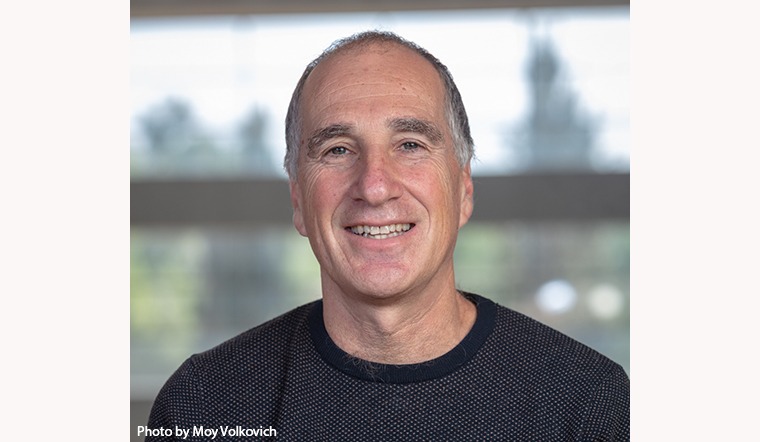
Vision Rehabilitation: A Path to Emerge from Darkness
The Challenge
Rapid technological advancements in gene therapy and retinal implant techniques hold great promise for the possible treatment of many millions of blind people throughout the world. However, vision, much like language, is a skill that must be learned as our brain has to interpret the neuronal signals that arrive from the eye in order to build a picture of the world. Thus, those who have been blind for an extended period need to train their brain to make sense of their newly restored vision. Further, as with language acquisition, many potential factors affect success, including age at surgery, the quality of the retinal image, and more.
The Situation
ELSC Professor Udi Zohary studies how perception, memory and eye movements interact in a loop-like manner: incoming sensory information is compared with memory-based expectations, leading to fixation on the most informative parts of the visual image. But what if you've been blind throughout your entire childhood? Zohary's Project Eye Opener in Ethiopia is focused on providing cataract-removal operations to children who, due to lack of access to medical care, remained blind throughout childhood. Following surgery, these newly-sighted children must learn to see. Zohary's group follows their sight-learning stages, and provides a rehabilitation program to boost their visual performance. Because in the West, congenital cataract cases are diagnosed and treated months after birth, this is a unique project which allows us to gain a better understanding of how early and extended visual deprivation affects visual development and to map possible bottlenecks.
The Implications
“This offers us a window into understanding what we can be achieved do in the west with people who are blind from birth due to eye malfunction,” says Zohary. Technology is a crucial element in sight recovery, but this has to be coupled with the right learning strategies. This project can suggest novel learning techniques to restore sight and improve the quality of life for countless people, by gaining a better understanding of the mechanisms underlying vision acquisition.
The Next Steps
Professor Zohary will continue to do his research both in Ethiopia and in his lab at ELSC. In the long-term, he hopes to map the brain regions affected by visual deprivation, and their pattern of activity following recovery of visual function. Continued investment in ELSC will not only allow Prof. Zohary to further study the information transfer between the eye and the brain and to establish effective post-surgery rehabilitation treatments to further improve vision function in patients, but will also help advance vital research at ELSC across the spectrum of brain sciences: from computational neuroscience to the neural basis of behavior to research with implications for treatment of Parkinson’s, schizophrenia and other disorders.


